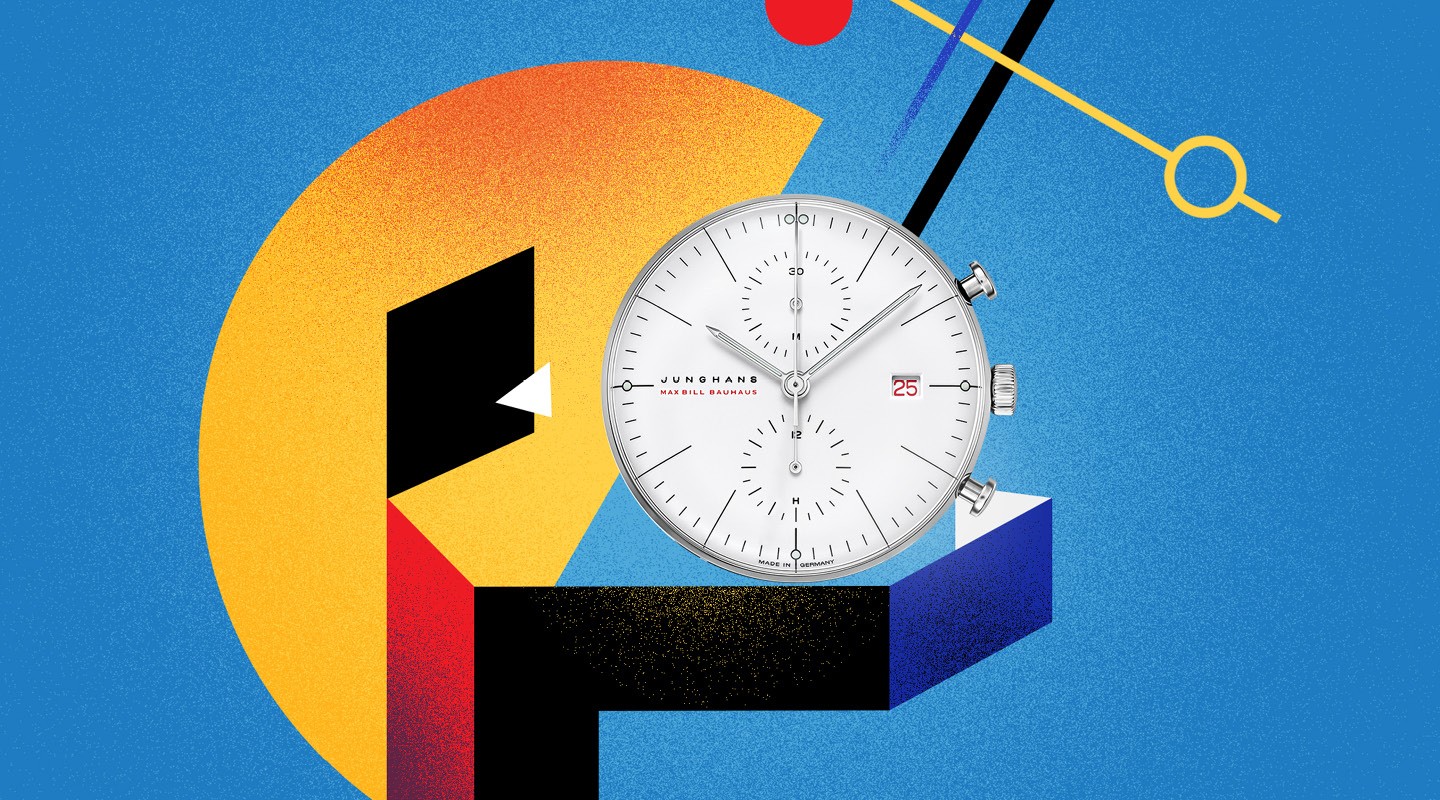
In this centenary year of the influential German movement, Dubai Watch Week looks at how Bauhaus principles continue to shape contemporary watch designs
In typically understated fashion, Bauhaus is turning 100 this year. The German school of design, architecture and applied arts was founded by Walter Gropius in Weimar in 1919 as the ‘Staatliches Bauhaus’ and between then and 1933 when it was shut down by the Nazis (who suspected it of communist intellectualism), it laid the foundations for one of the most influential creative philosophies of the 20th century
Translated from German, Bauhaus means ‘construction house’. The name was picked not to limit its ideas to architecture, but to serve as a catch-all for the arts. Gropius and his peers were concerned that industrialisation had rendered manufacturing soulless and wanted to restore art and aesthetics to functional buildings, objects and imagery.
Nazi censure did little to curb the influence of Bauhaus. Its key exponents left Germany in self-imposed exile (including its last director Ludwig Mies van der Rohe who moved to Chicago) and continued to develop and teach modernist principles that in the decades since have informed architecture, art, design, interiors, typography and many other creative disciplines– including watch design.
Broadly speaking, the two major influences over watch design leading up to the middle of the 20th century had been classicism and war. Traditional Genevan watchmakers, in the style of Louis-Abraham Breguet, were primarily concerned with the classical artistic crafts of the 18th and 19th centuries, and their watches were decorated and finished with indulgent flourishes, as they are today. War necessitated a much closer relationship between form and function, precipitating a generation of utilitarian designs that found their ultimate expression in the military watches of the Second World War.
The principles of Bauhaus moved the needle. They encouraged sparing use of materials and detail, taking the modernist approach of using only what was necessary. The mantra ‘form follows function’ was developed in the late 19th century, but the simple forms, clean lines, rationality and, of course, functionality of Bauhaus stemmed from it.
The watches most closely associated with Bauhaus are, unsurprisingly, German in origin. First among them is the Junghans Max Bill line created by the eponymous graduate of the Bauhaus school in 1961. It remains a pillar of the Schramberg brand’s collection, characterised by a slimline bezel, elongated hour markers, a gently domed plexiglass crystal, and rounded numerals Bill created for his watch. For some reason, Junghans omitted those from the centenary watch it announced this year, although it did obediently apply the colourways of Gropius’s famous Bauhaus building in Dessau – white, grey and the red of the building’s front door.
Nomos Glashütte watches are often described as being Bauhaus, and given the purity of its designs, not without reason. But Nomos has always been clear that a far greater influence over its design and manufacturing philosophy is the Deutscher Werkbund, a precursor to Bauhaus founded in the early 20th century that prioritised the merging of industrialisation with hand-craftsmanship to deliver quality products at reasonable prices.
Braun, a company better known for its electrical appliances, made its first watch in 1977 under head designer Dieter Rams. Rams was born the year before the school was closed and therefore never studied there, but his ‘less but better’ ethos was directly influenced by it. Braun watches remain simple, reductionist and affordable.
Indeed, the principles of Bauhaus were mass rather than esoteric, which is why the best of the watches conforming to its ideals are at the accessible, even mainstream end of the market. Pieces by Stowa, Sternglas, Junkers, Uniform Wares and runaway success Daniel Wellington are never going to blow away horolophiles or reset auction house records, but they continue to shape an artistically significant segment in watch design – and with it, to attract legion devotees.
How far in advance do you usually book tickets?
- Within 24h Before
- 1-3 Days Before
- 1-3 Weeks Before
- Over a Month Before

























